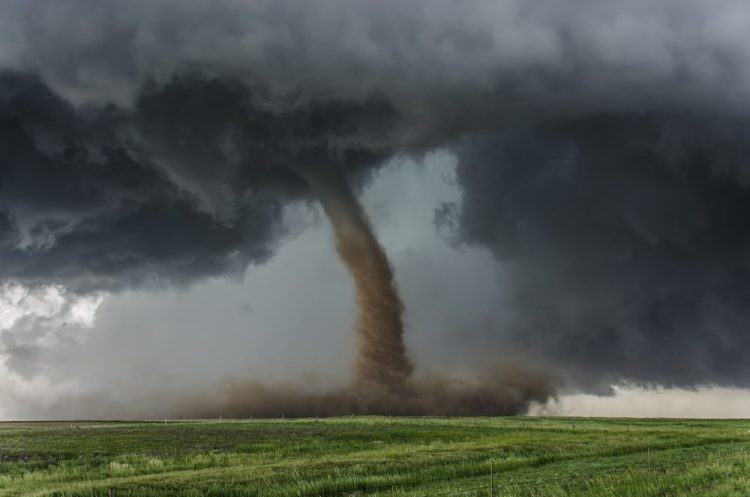The environmental problems They are natural (or man-made) phenomena that negatively affect the conservation of ecosystems, or that represent a threat to the life of living beings. For instance: polar melt, deforestation, climate change.
Most environmental problems derive from unplanned action of man, whose global urban growth demands more and more natural resources of all kinds: water, energy, land, organic and mineral.
Environmental problems often go unnoticed until their consequences become very evident, through natural disasters, ecological tragedies, global threats or severe risks to human health.
Examples of environmental problems
Destruction of the ozone layer. This phenomenon of reduction of the ozone barrier in the atmosphere that filters and deflects the ultraviolet rays of the sun is one that has been very well documented for decades, when atmospheric pollution due to the release of gases began to catalyze the decomposition of ozone into oxygen, a phenomenon normally slow in the heights. However, a partial recovery of it has recently been announced.
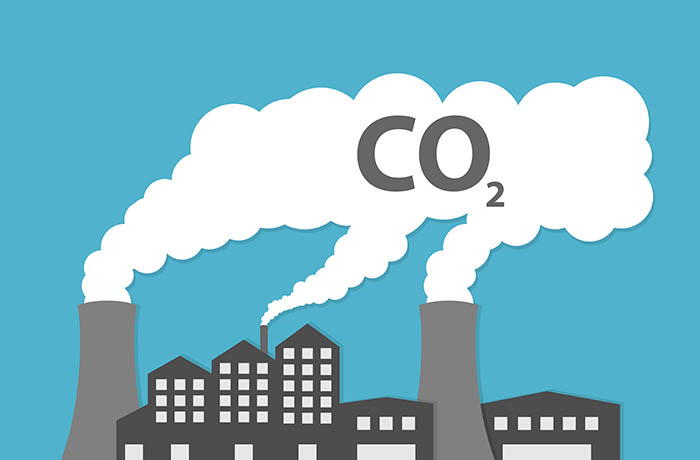
- Deforestation. The third part of the planet is covered with forests and jungles, which represents a gigantic vegetal lung renewing daily the amount of oxygen in the atmosphere. Sustained and indiscriminate logging not only threatens this very important chemical balance, essential for life, but also leads to the destruction of animal habitats and loss of soil absorption. It is estimated that 129 million plant hectares have been lost in the last decade and a half.
- Climate change. Some theories suggest that it is due to sustained pollution over decades, others that it is part of a planetary cycle. Climate change as a phenomenon points to the substitution of dry climates for rainy ones and vice versa, to the migration of temperatures and the redistribution of water, all of which has considerable effects on human populations, accustomed for centuries to a stable regional climate.
- Air pollution. Air pollution levels have multiplied in recent decades, as a result of the hydrocarbon energy industry and combustion engines, which release tons of toxic gases into the atmosphere, thus deteriorating the very air we breathe.
- Water contamination. The release of chemical substances and toxic waste from industry to lakes and rivers is a triggering factor for acid rain, biological extinctions and the depletion of water, which then requires extreme measures to enable its consumption, necessary for the support of life. organic of all kinds.
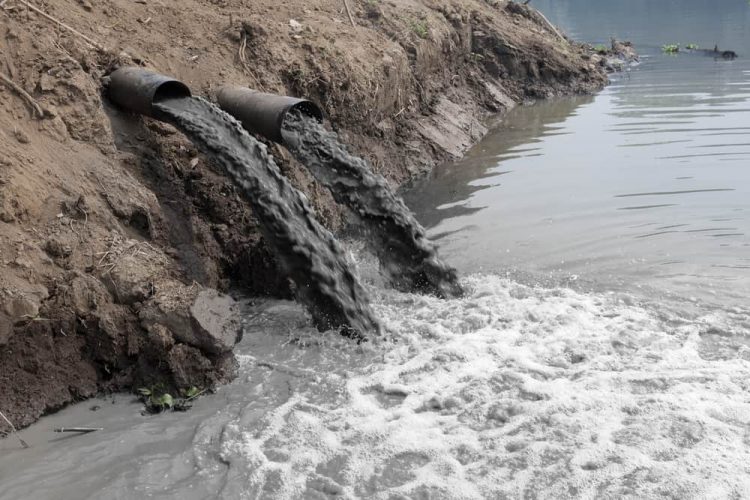
- Soil depletion. The successive monocultures and forms of intensive agriculture that, through various technological methods, maximize production without considering the need for alternation of the soil, sow a future problem, since without rest the soils deplete their nutrients and plant life becomes more difficult in the medium term. Such is the case of the soybean monoculture, for example.
- Radioactive waste generation. Nuclear plants generate daily tons of radioactive waste dangerous to human, plant and animal life, also endowed with long periods of activity that exceed the durability of their usual lead containers. How to dispose of these wastes with the minimum environmental impact is a challenge to face.
- Generation of non-biodegradable garbage. Plastics, polymers, and other complex forms of industrial materials have particularly long lives until they finally biodegrade. Considering that tons of plastic bags and other disposable items are produced daily, the world will have less and less room for so much long-lived garbage.
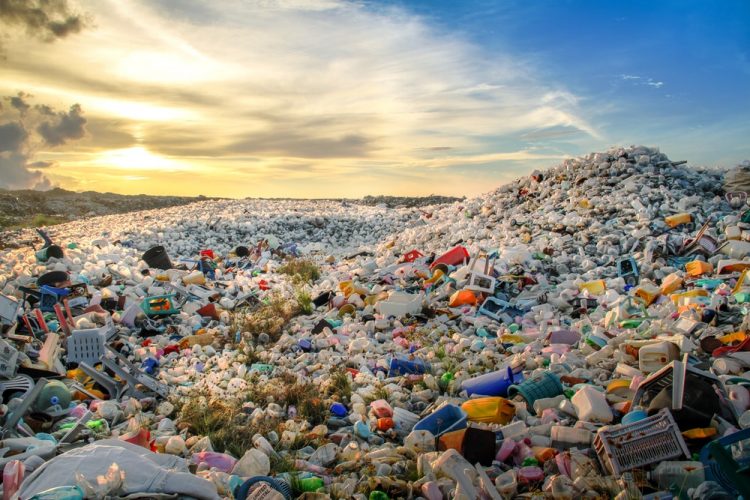
- Polar melt. It is not known if it is a product of global warming or if it is the end of an ice age, but the truth is that the poles melt, increasing the water level of the oceans and putting in check the established coastal borders, as well as the arctic and antarctic life.
- Expansion of deserts. Many desert areas are gradually expanding as a result of drought, deforestation and global warming. This is not in contradiction with brutal flooding elsewhere, but neither option is healthy for life.
- Overpopulation. In a world of limited resources, unstoppable human population growth is an environmental problem. In 1950 the total human population did not reach 3 billion, and by 2012 it already exceeds 7. The population has tripled in the last 60 years, which also augurs a future of poverty and competition for resources.
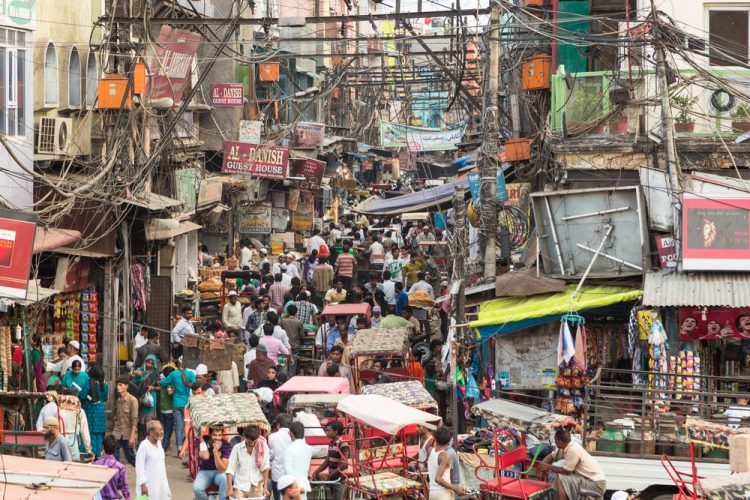
- Ocean acidification. It is the rise in the pH of ocean waters, as a product of substances added by human industry. This has an effect similar to that of human osteoporosis in marine species and the growth of some types of algae and plankton proliferates over others, breaking the trophic balance.
- Bacterial resistance to antibiotics. It may not be an environmental problem at all, since it mainly affects human health, but it is an evolutionary consequence of the sustained misuse of antibiotics for decades, which has led to the creation of more resistant bacteria that could not only wreak havoc on the environment. man, but in most higher animal populations as well.
- Generation of space debris. Although it may not seem like it, this problem began at the end of the 20th century and promises to be somewhat problematic in future eras, as the belt of space debris that already begins to surround our planet enlarges with the successive satellites and remnants of space missions that , once used and discarded, remain orbiting our planet.
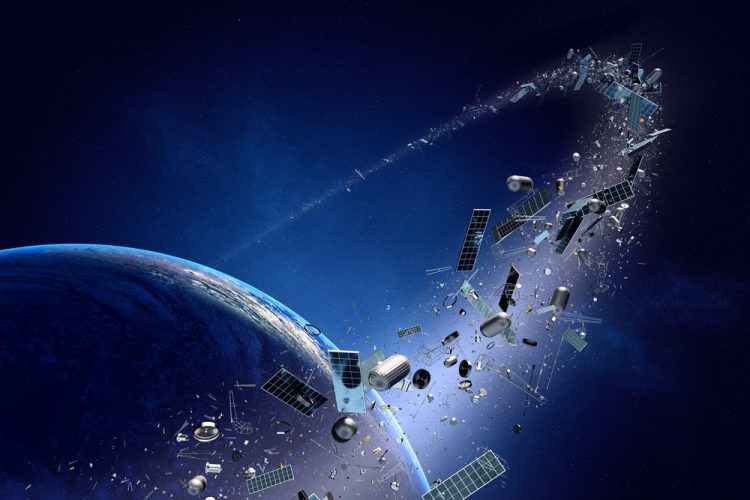
- Non-renewable resource depletion. Hydrocarbons, above all, are organic material formed over eons of tectonic history and have been used so intensively and carelessly that in the near future they will have been used in their entirety. What environmental effects that brings, remains to be seen; But the race to find alternative forms of energy does not always point to greener solutions.
- Plant genetic impoverishment. The work of genetic engineering in agricultural crops may seem like a short-term solution to maximize the production of food with which to satisfy a growing human population, but in the long run it causes the deterioration of the genetic variability of cultivated plant species and impacts, in addition, negatively in the competition between the species, since it applies an artificial selection criterion that impoverishes the vegetal biodiversity of the region.
- Photochemical contamination. This occurs in large industrialized cities, where there are few winds to disperse air pollution, and a lot of UV incidence that catalyzes highly reactive and toxic oxidant reactions for organic life. This is called photochemical smog.

- Fragmentation of natural habitats. The growth of the urban area, in addition to mining activities and sustained logging, have destroyed numerous natural habitats, leading to the impoverishment of global biodiversity at a worrying rate.
- Greenhouse effect or global warming. This theory assumes that the increase in world temperature is the product of the destruction of the ozone layer (and a higher incidence of UV rays), as well as high levels of CO2 and other gases in the atmosphere, which prevent the release of ambient heat, thus leading to many of the scenarios already described.
- Extinction of animal species. Whether due to indiscriminate hunting, animal trade or the consequence of pollution and the destruction of their habitats, there is currently talk of a possible sixth great extinction of species, this time the product of mankind. The list of endangered species is very extensive and, according to surveys of specialized biologists in the area, 70% of the world’s animal species could be disappearing by the middle of the century if protectionist measures are not taken.
